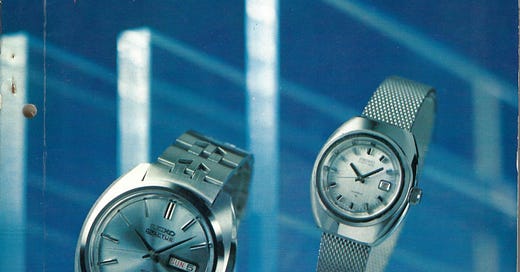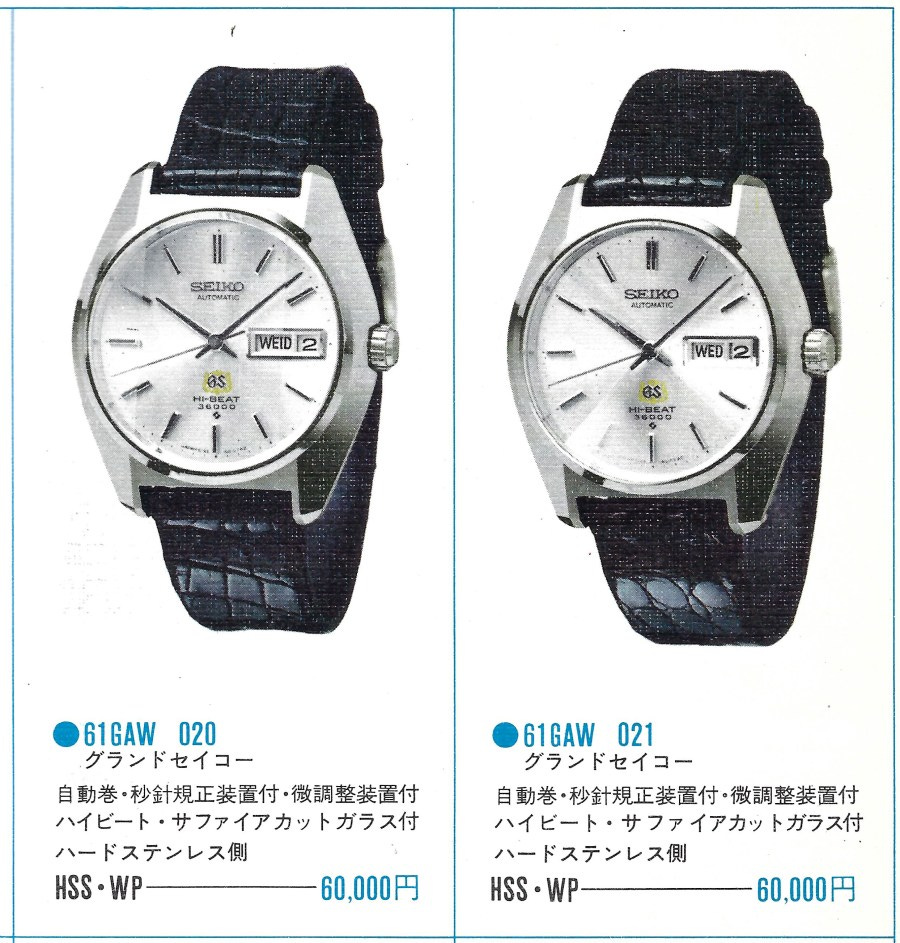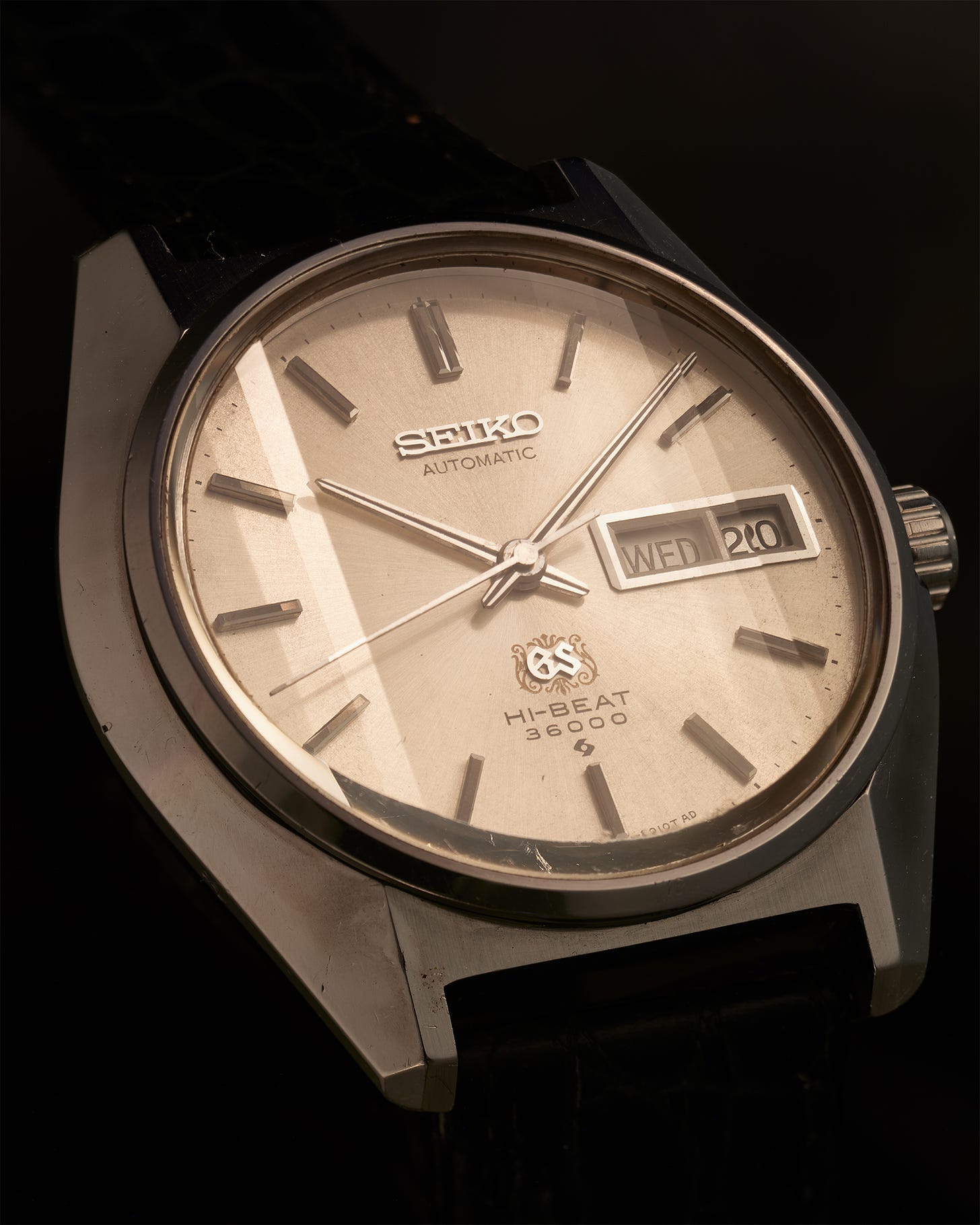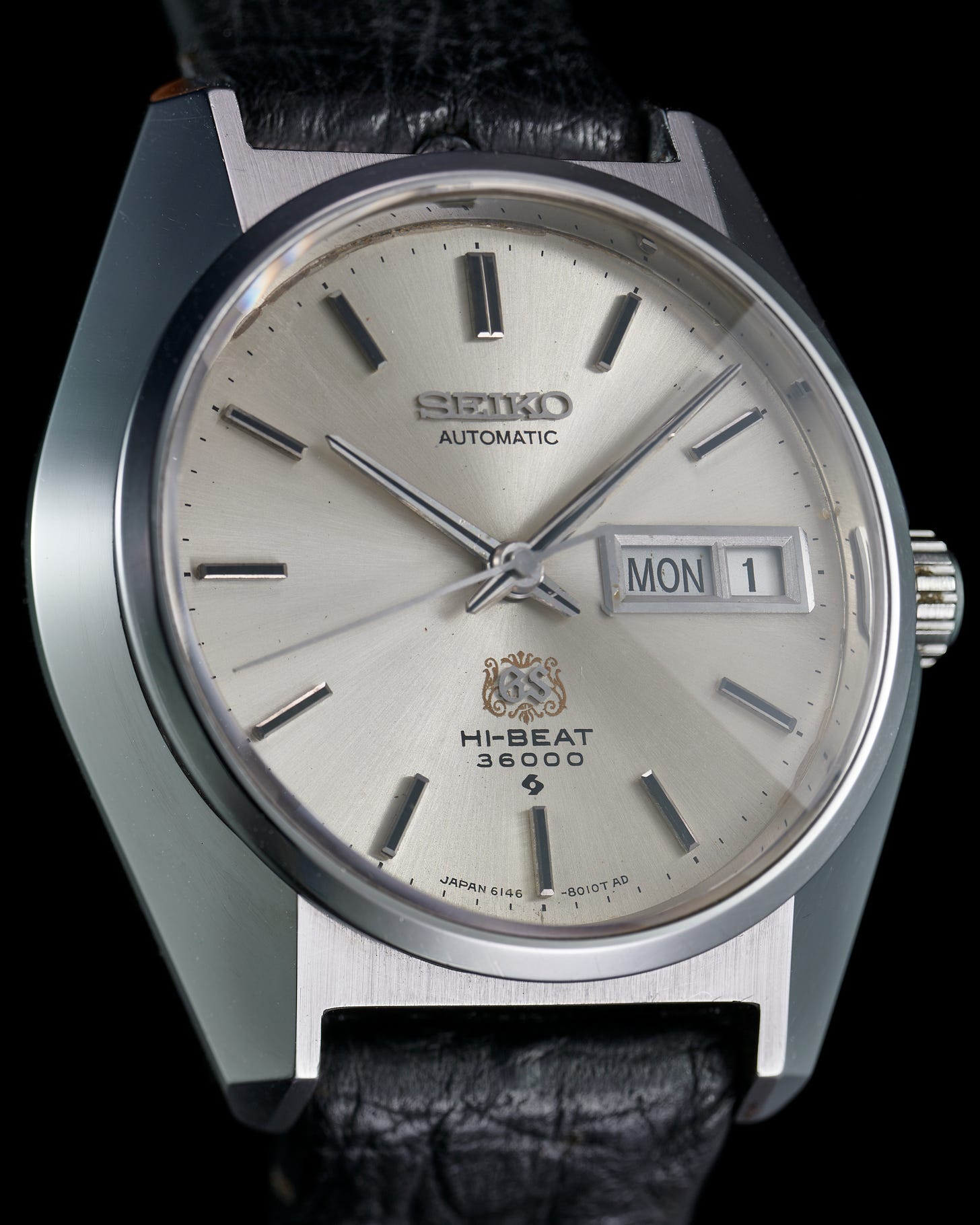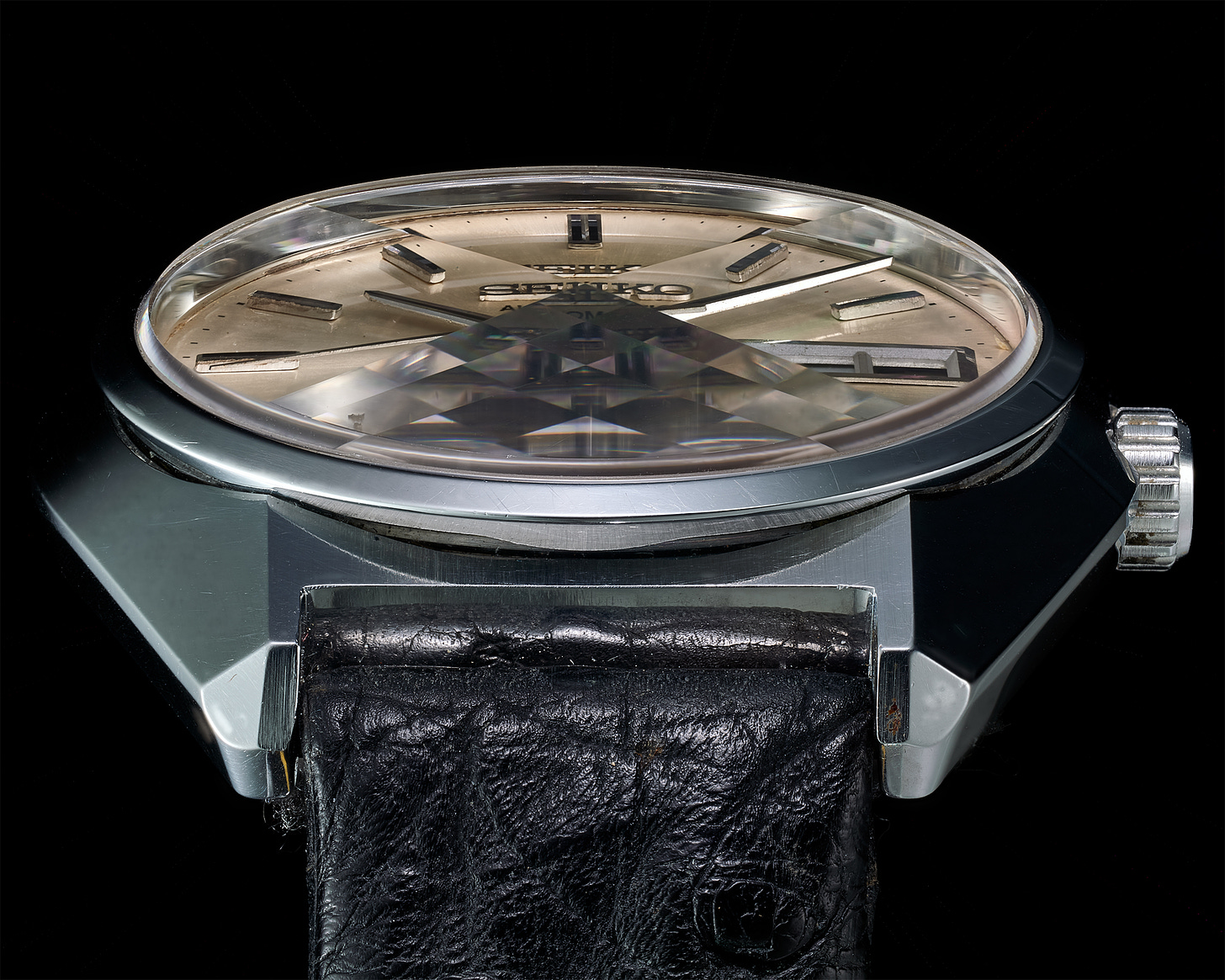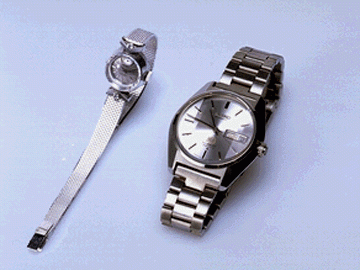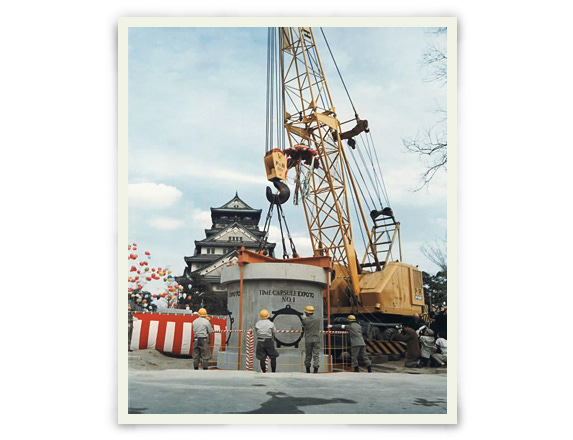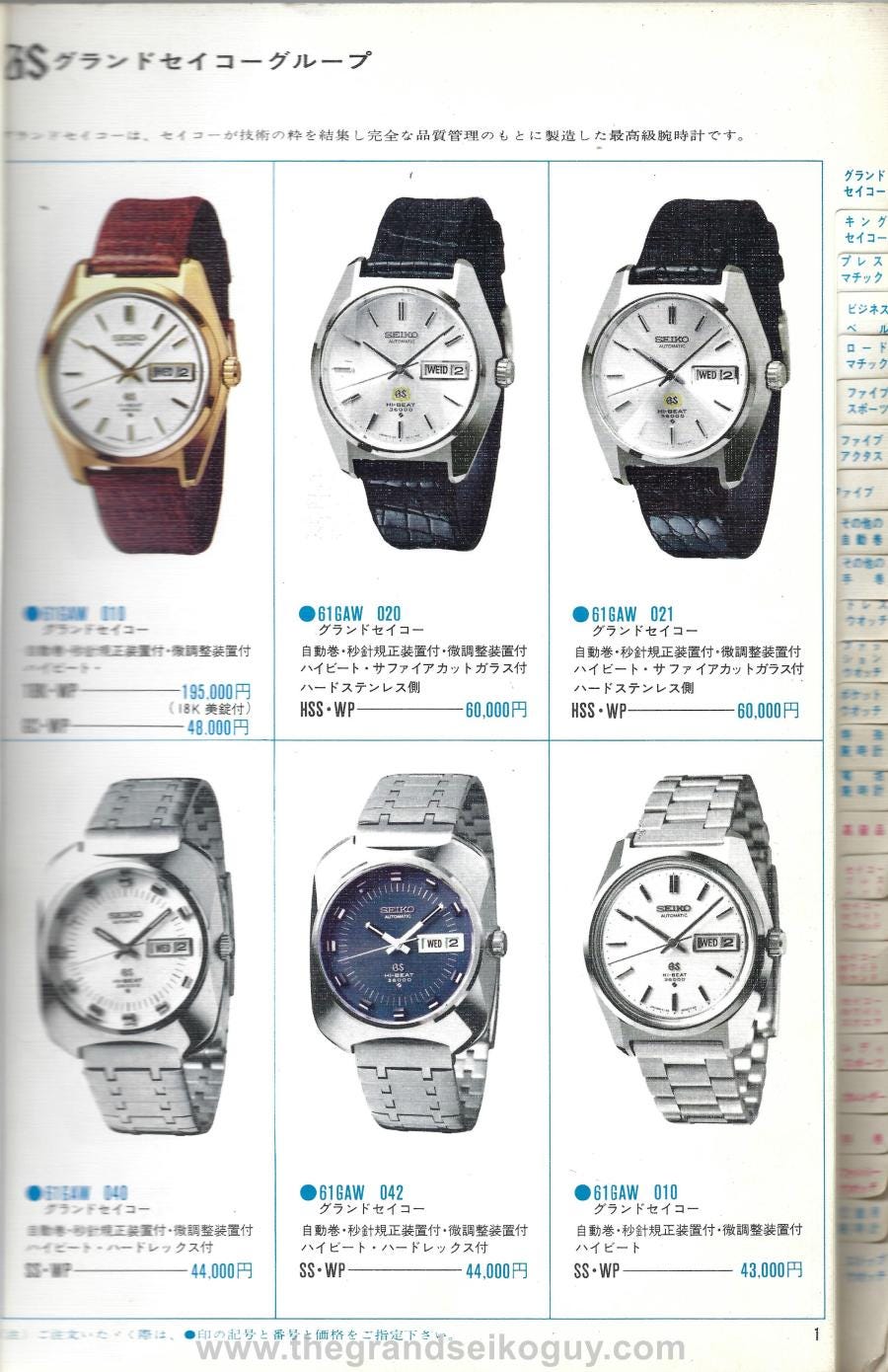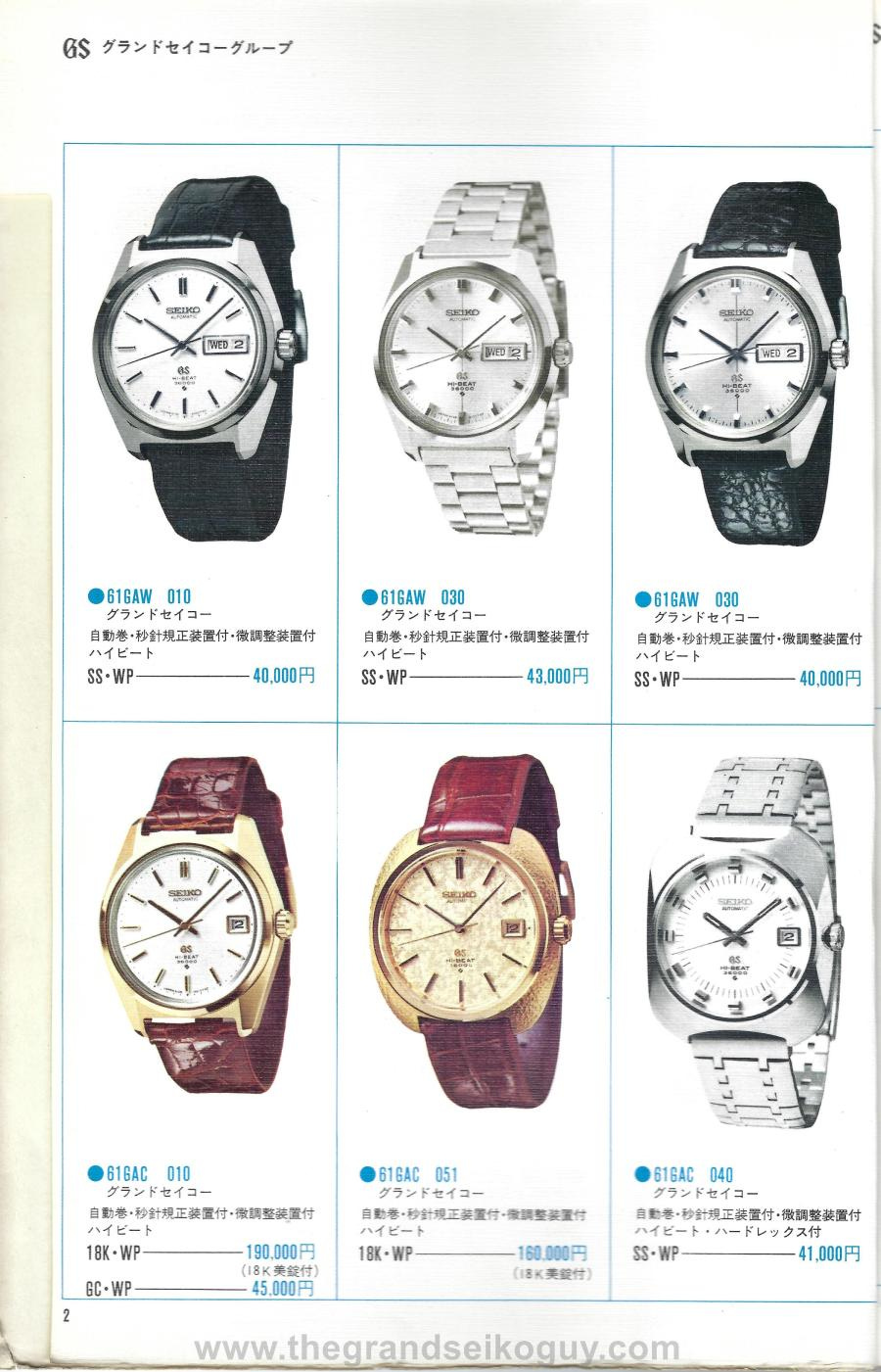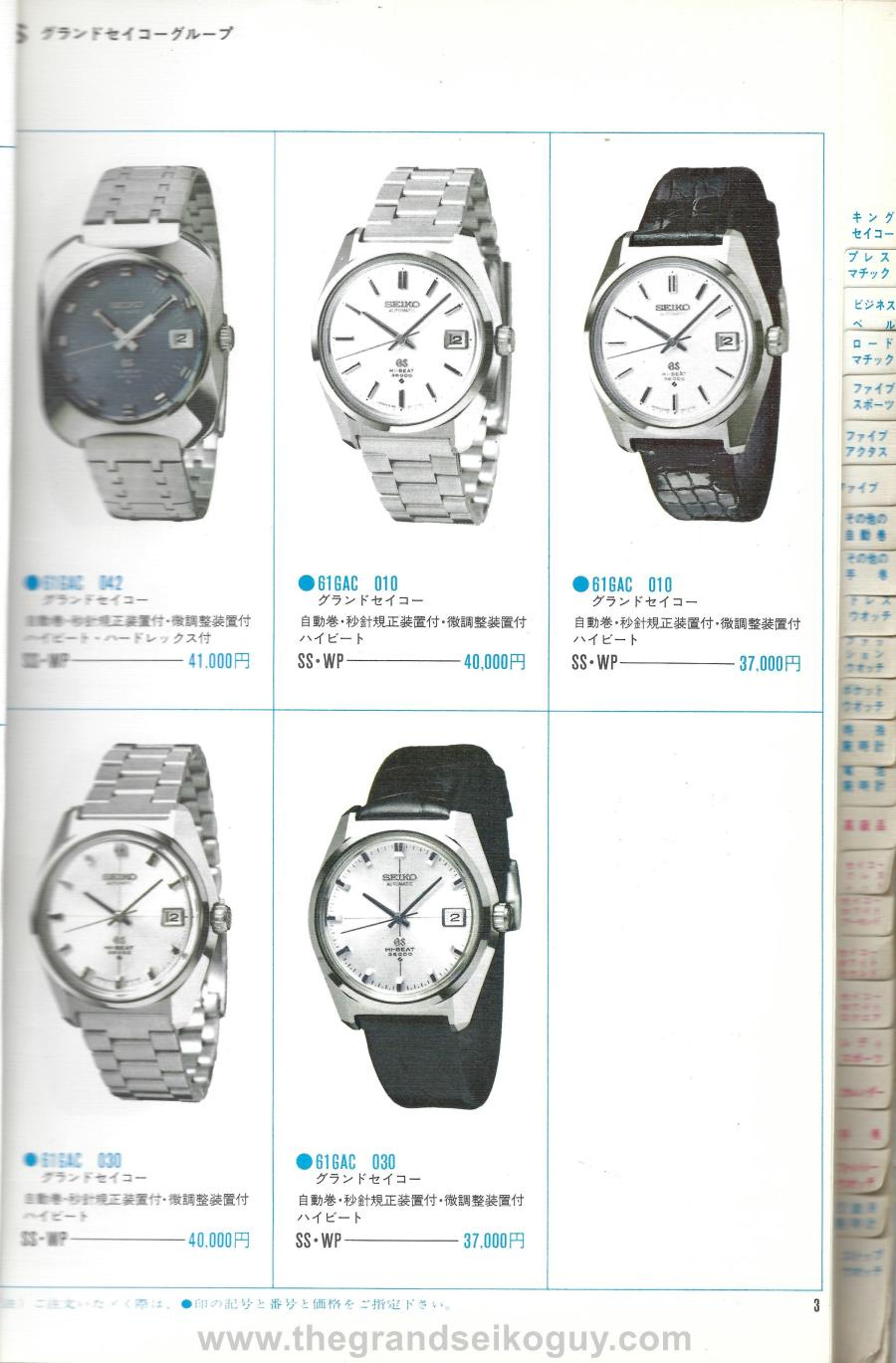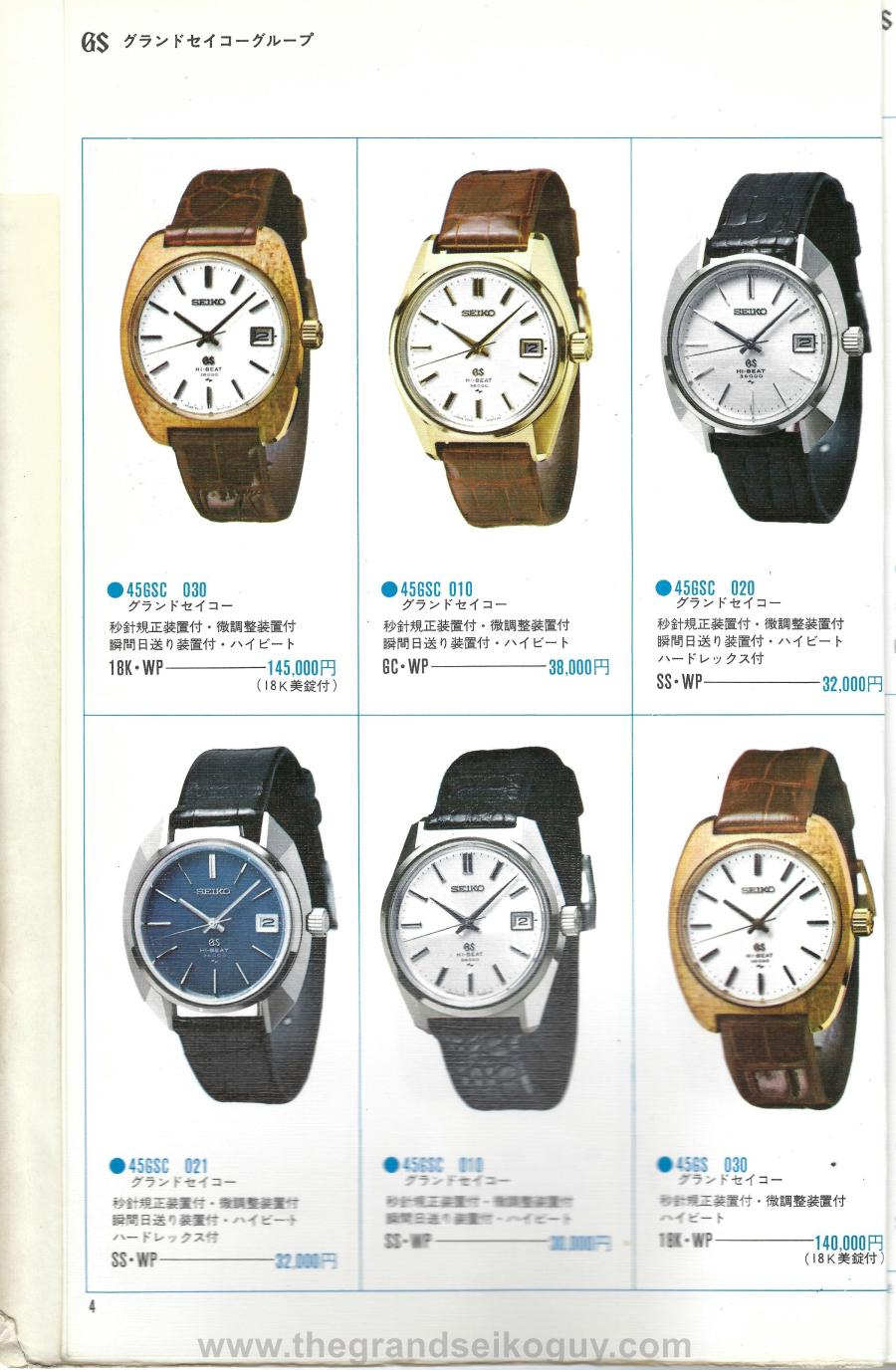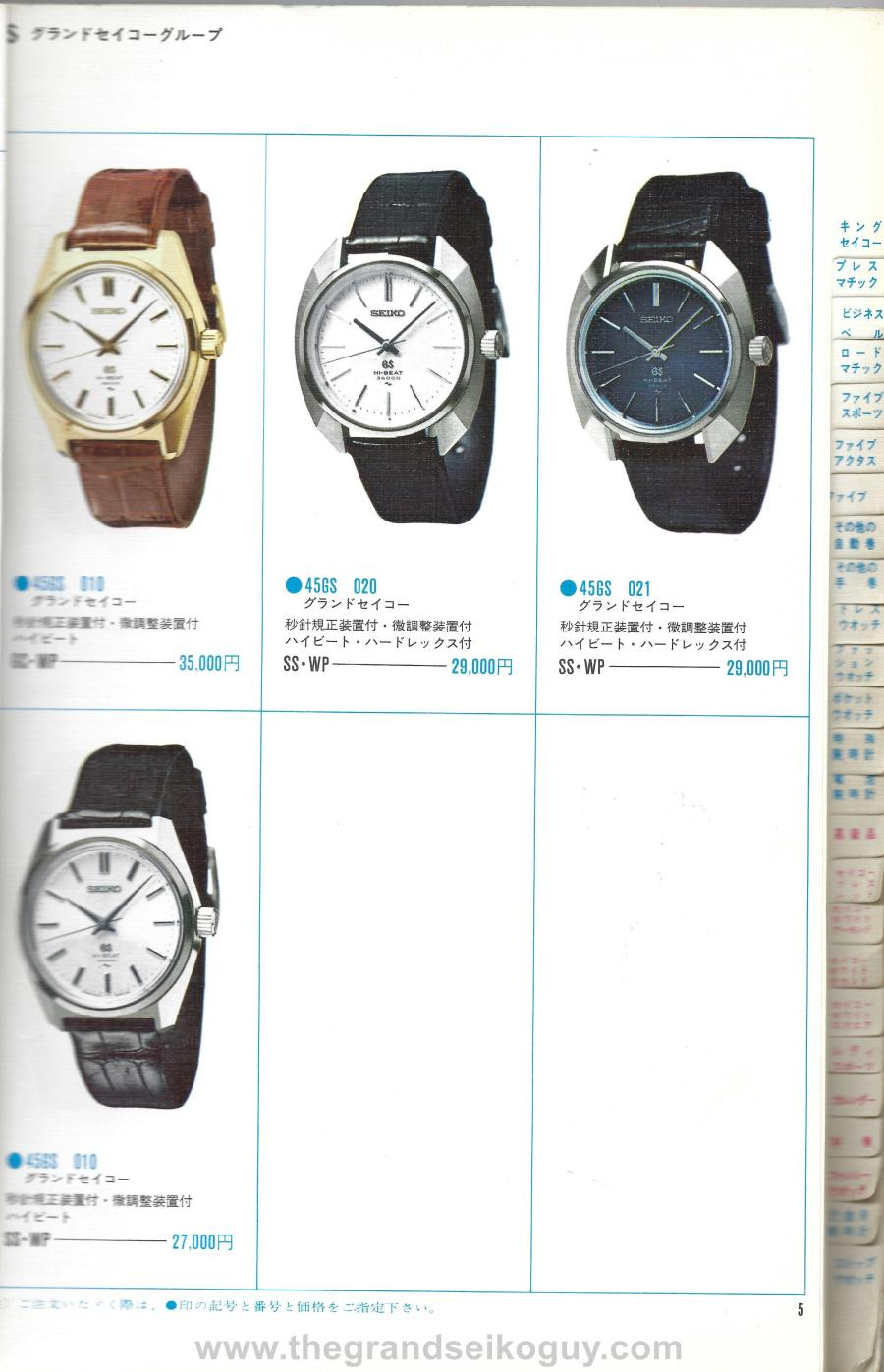Preamble
For the benefit of those subscribers who have signed up recently, each Tuesday I publish an article featuring scans of vintage Grand Seikos that appeared in the Seiko catalogues of the 1960’s and 1970’s. (Apologies for this week’s being a day late!)
Although based on the articles originally published on TGSG website, these articles will be updated where appropriate with additional knowledge gained in the three or so years since they were first made available.
Additionally, since I now have the complete set of the catalogues, I am able to publish these articles in the correct chronological order - something that wasn’t possible when posting to the main website since, when starting out documenting the catalogues, I hadn’t completed my collection of them.
You can view the previously published newsletters in this series here.
The Seiko 1970 no.1 catalogue
With 1969 seeing the introduction of no fewer than 28 new Grand Seiko references, it is perhaps not surprising that the brand took a little breather at the start of the new decade with respect to new model releases.
In fact, flicking through the first five pages of the catalogue that exclusively feature Grand Seiko, we find detailed all the references that featured in 1969’s Number 2 and Number 2 Supplement catalogues, and just two new references making their debut.
Interestingly, the VFA’s that featured so prominently in 1969’s Special Luxury Catalogue are nowhere to be seen.
The Arabesques
The two newly introduced references actually have the same movement-case reference number of 6146-8010, and are referred to as the “Arabesques” due to the pattern printed on the dial surrounding the applied Grand Seiko logo.
As can be seen, these references were priced at a substantial 50% premium to the regular 6146-8000 references that were available for just 40,000 Yen. The reasons for the premium are two-fold. Firstly, the case was made from a new steel alloy that Seiko called “HSS”, or “Hardened Stainless Steel”. This steel is substantially more resistant to scratching than that used for the cases of the regular models, and many examples of the Arabesques that survive to this day have cases in superb condition.
The second detail about the 6146-8010 that distinguishes it from the regular 6146-8000 reference is that it has a faceted sapphire crystal. As can be seen from the catalogue shots, two differently faceted crystals were available – one that was faceted vertically, and the other that had a pyramidal faceting.
Whilst the facets on the former are very pronounced, the pyramid faceted crystal is extremely subtle, and if not caught at the right angle, can almost disappear in many photos.
Here are a couple of studio shots of the two different crystals to highlight this -
Look at the pyramid faceted crystal from a very shallow angle however, and it really comes to life -
Expo 1970 time capsules
One of the little-known facts about the 6146-8010 Arabesque is that it was selected as an object representing “the achievements of our civilisation and the everyday experience of the Japanese people” and two examples were placed in two time capsules that were buried next to Osaka Castle in celebration of the Japan World Exposition 1970.
The design and contents of the two time capsules are identical, with each containing no fewer than 2,098 objects. The capsules were buried one on top of the other, with the upper capsule intended to be first opened in the year 2000, and then once every 100 years after that.
The second capsule is – astonishingly – intended to only be opened 5,000 years after the Expo.
As can be seen from the above photo, it was the variant with the vertically faceted crystal that was placed into the time capsule. In addition to the watch itself, the contents list of the time capsule also mention “Spare parts for mans wrist watch”, so hopefully if there is a problem with the watch when the second capsule is opened in the year 6970, a watchmaker of that era will be able to get it up and running!
Note that the watch is shown on a bracelet – I am unsure as to exactly which bracelet this is, but do not believe it to be representative of what was offered for sale to the public, as all other contemporary photos of the reference show it on a leather strap.
If you are interested in learning more about the time capsules, full details can be found at the following website, from where the above image was taken.
Expo 1970 time capsule website
The first capsule was opened as planned in the year 2000 - it can be seen being lifted from the ground in the photo below - and 173 of the items contained within it were examined. Whether the Arabesque was one of these items I do not know, but it’s good to know that the television was still operational!
Gallery
Below are scans of all the pages from the Seiko 1970 Number 1 catalogue that feature Grand Seikos.

